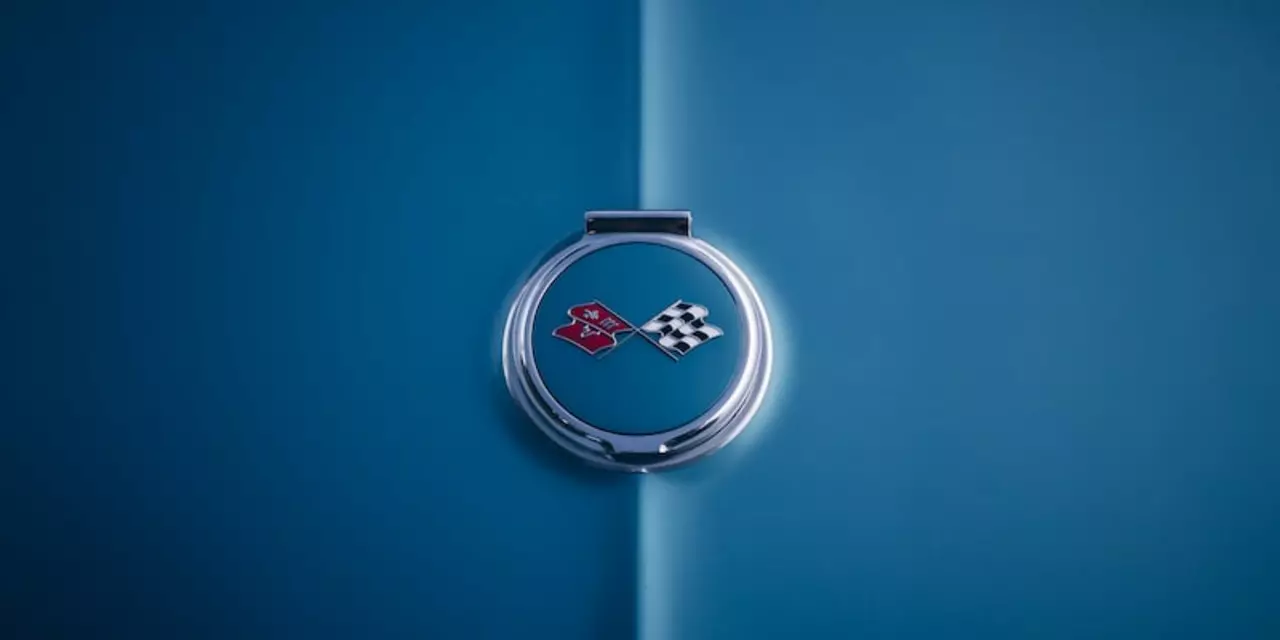Why Racing Seats and Seat Belts Aren’t Like the Ones in Your Daily Driver
Ever wonder why a race car’s seat looks more like a cockpit than a comfy sedan seat? It’s not just for show. In the split‑second world of motorsport, a seat and its belt are the driver’s lifeline. They’re engineered to keep you strapped in when forces push you sideways, forward, and even upside‑down. Let’s break down what makes a racing seat different and why the belt matters.
Design Features That Make Racing Seats Special
A racing seat is molded from carbon‑fiber or fiberglass, materials that are both light and super strong. The shape hugs the driver’s hips and back, creating a cradle that stops you from sliding around. Unlike a street car seat that has cushions for comfort, a race seat has a rigid shell that distributes crash forces across the body’s strongest points. The side bolsters are deep, so when you hit a corner at 200 mph, the seat keeps you glued to the right side instead of letting you roll out.
Adjustability is another big deal. Drivers can move the seat forward, backward, up, and down with precision screws. This lets them find the perfect position for the steering wheel, pedals, and their own eye line. A well‑positioned driver reduces reaction time and improves control, which can be the difference between a win and a wipe‑out.
Why Racing Seat Belts Are Built to Withstand Extreme Forces
Standard three‑point belts in road cars are designed for everyday bumps and moderate crashes. Racing belts, however, need to survive forces that can exceed 50 g. That’s why they use a six‑point harness: two shoulder straps, two lap straps, and two anti‑roll cages that wrap around the waist and chest. The webbing is made from high‑tensile polyester or Kevlar, which won’t stretch under strain.
Every strap is adjustable and locks in place with strong quick‑release buckles. In a crash, the belt keeps the driver’s torso locked into the seat’s support structure, preventing the head from whipping forward. Some teams even add a HANS (Head and Neck Support) device that ties into the belt, protecting the neck from severe whiplash.
Beyond safety, the belt also helps performance. A secure driver can apply consistent pressure on the steering wheel and pedals without shifting position. Less movement means more precise inputs, faster lap times, and a more predictable car response.
So, when you see a sleek race car with a cockpit that looks like a fighter jet seat, remember it’s all about physics and protection. The seat’s rigid shell, deep bolsters, and lightweight construction keep you in the optimal position. The six‑point harness makes sure you stay exactly where the seat designers intended, even when the car is screaming around a corner. Together, they turn a high‑speed machine into a manageable, safe platform for the driver.
If you’re serious about getting into motorsport, invest in a proper racing seat and harness. It’s not a luxury—it’s a necessity for safety and performance. And if you’re just a fan, understanding these differences makes watching the action even more exciting, because you’ll know just how much engineering goes into keeping those drivers on track.
Did Lance Stroll buy his Williams seat to get into Formula 1?
0 Comments
Lance Stroll is one of the most talked about drivers in the world of Formula 1. He is the son of Canadian billionaire Lawrence Stroll and many people have speculated whether the wealth of his father is the reason for his entry into the sport. Reports suggest that Lance Stroll purchased his seat at the Williams F1 team in order to get into Formula 1. This purchase has caused a lot of controversy, with some claiming it's unfair to allow drivers to buy their way into the sport. However, Stroll has proven himself to be a talented and capable driver, showing he deserves to be in the sport regardless of his financial background. It remains to be seen whether Stroll's purchase of his seat will have any long-term implications, but for now, he is an important part of the Formula 1 landscape.
Read More